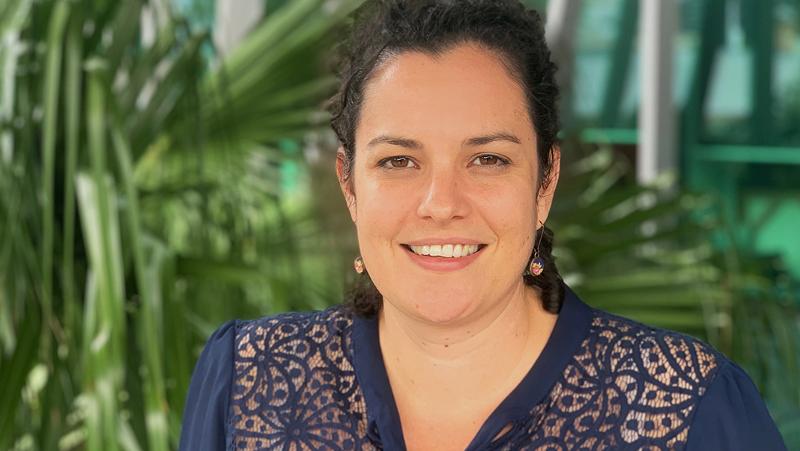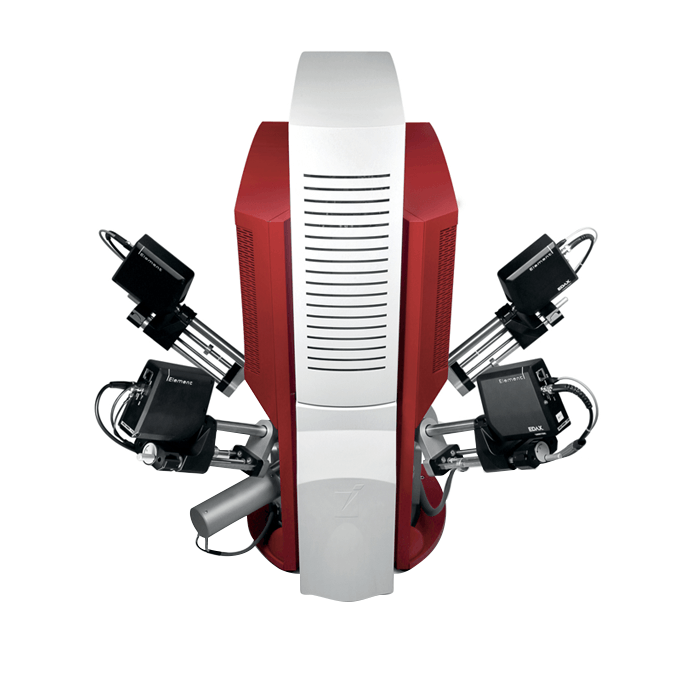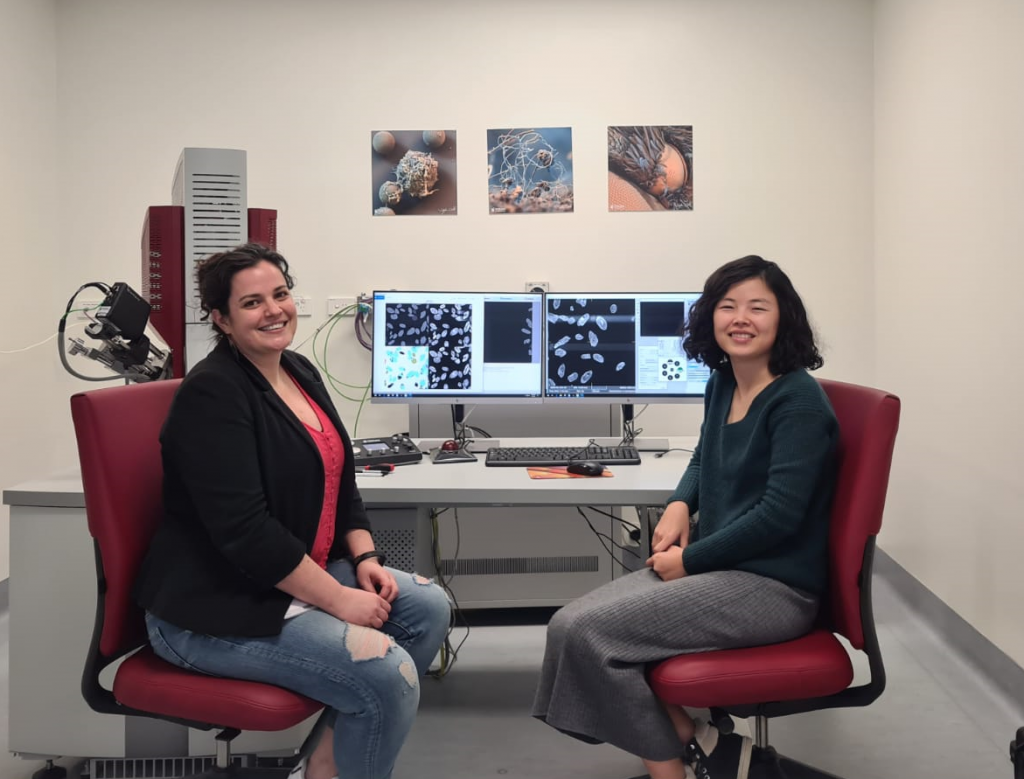Following the recent installation of a TESCAN TIMA at the Central Analytical Research Facility (CARF) at Queensland University of Technology (QUT), we spoke to to Dr. Crystal Cooper (Microscopy Lab Coordinator) and Dr. Henrietta Cathey (Research Officer) about their recent acquisition, what lead them to choose the TIMA and what research they will be doing with it.
What is your area of interest and where does your research focus?
The electron microscopy facility within CARF is integral to a wide range of research focus areas in earth science, materials engineering, environmental science and management, nanotechnology, and biomedical science to name a few.

Before the TIMA, what types of analysis did you carry out?
CARF has a number of scanning electron microscopes that perform energy dispersive X-ray spectroscopy (EDS) as well as an Electron Probe Micro Analyser (EPMA) used primarily for wavelength dispersive spectrometry (WDS) and quantitative analysis. The TIMA is an excellent complement and addition to the fleet of instruments at CARF, and fills the gap in need for high-speed, high-throughput applications that combine imaging (CL, BSE) with phase identification and quantification.
How do you see automated mineralogy will benefit your research?
The TIMA benefits CARF and its users in many ways. A number of current workflows in geology and metallurgy projects will benefit from the increased ease and speed of data collection and the high quality of the data collected.
What attracted you to seeking out an automated mineralogy solution?
CARF’s Analytical Chemistry division has a strong emphasis in zircon geochronology, requiring capability in cathodoluminescence imaging in order to visualise complex compositional zonation in zircon grains. Our previous workflows involving both mineral separates mounted in epoxy resin blocks as well as in thin section were a lot more time consuming, and it was not possible for us to collect phase identification at the same time as image collection. The TIMA allows us to collect all this information at once with ease, and in different sample formats.

What features did you like about the TIMA?
The TIMA is high-speed, high-throughput and allows the collection of BSE, CL, and phase analysis all at the same time.
While you have only had the TIMA for a short time, how have you found it so far?
The most exciting aspect of the TIMA so far, for us, is the ability to massively increase the workflow for our metallurgy and geological projects. CARF staff have so far been impressed with the ease of use and the relatively short training times required given the complexity of the instrument.
How many people will be trained up to use the TIMA in the short term? Will these be a mix of undergrad/postgrad/postdoc researchers?
CARF has a large user base consisting of postgraduate students, internal and external researchers, and industry clients that will be trained to operate the TIMA. A number of CARF staff and some of our users have been trained and are collecting data already.

Do you envisage the TIMA will open up more doors for commercial work and collaboration?
Yes, the TIMA has already excited a lot of interest at CARF with our current commercial clients, researchers, and collaborators and we envisage many more in the future.
Was the TIMA bought with a grant that you would like to acknowledge?
The TIMA was purchased with the help of a Strategic Major Equipment Program (SMEP) grant from QUT including partial support through a project with BHP Copper.

